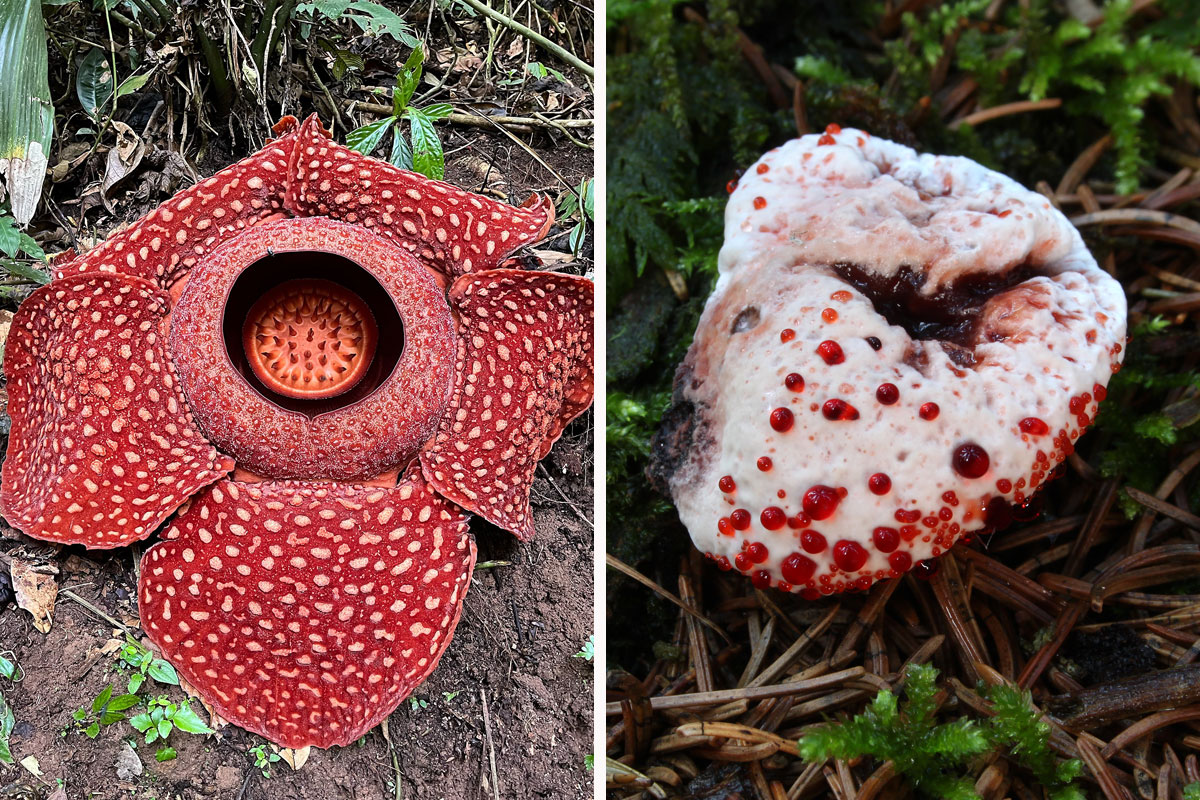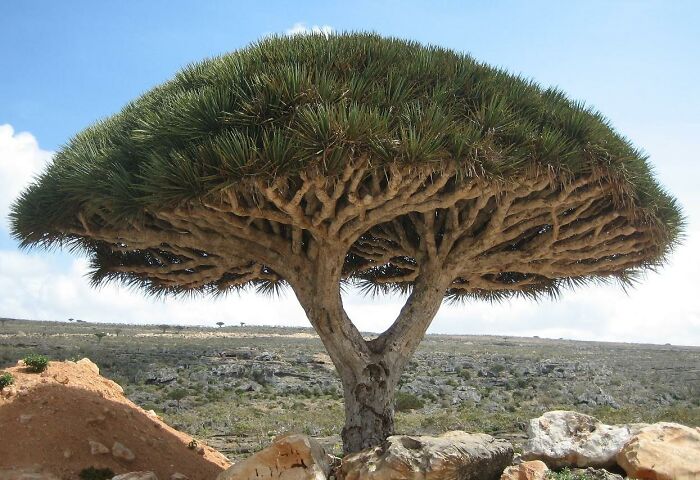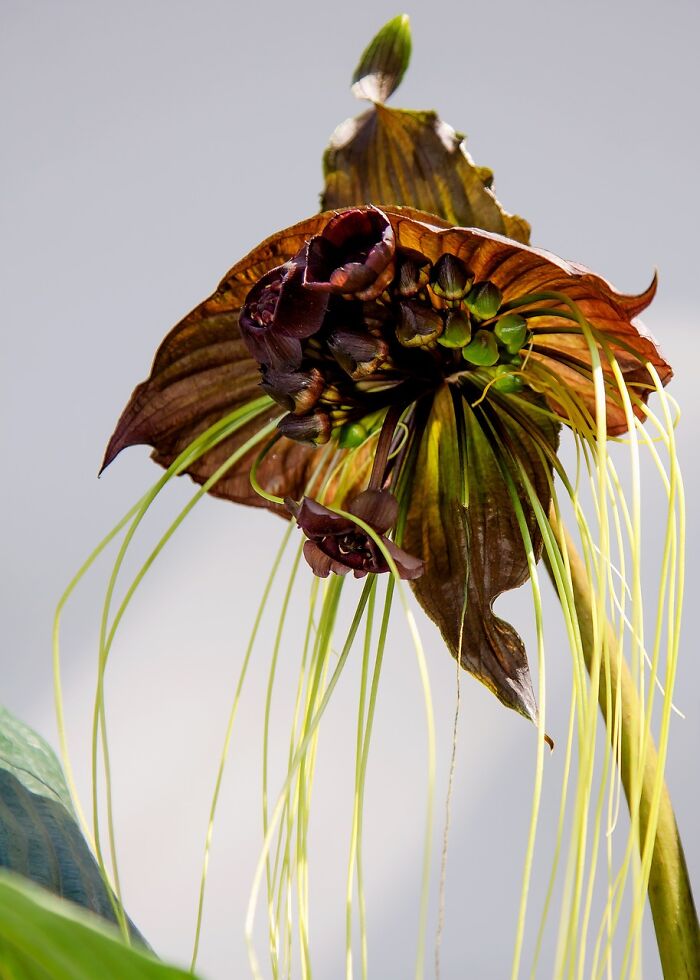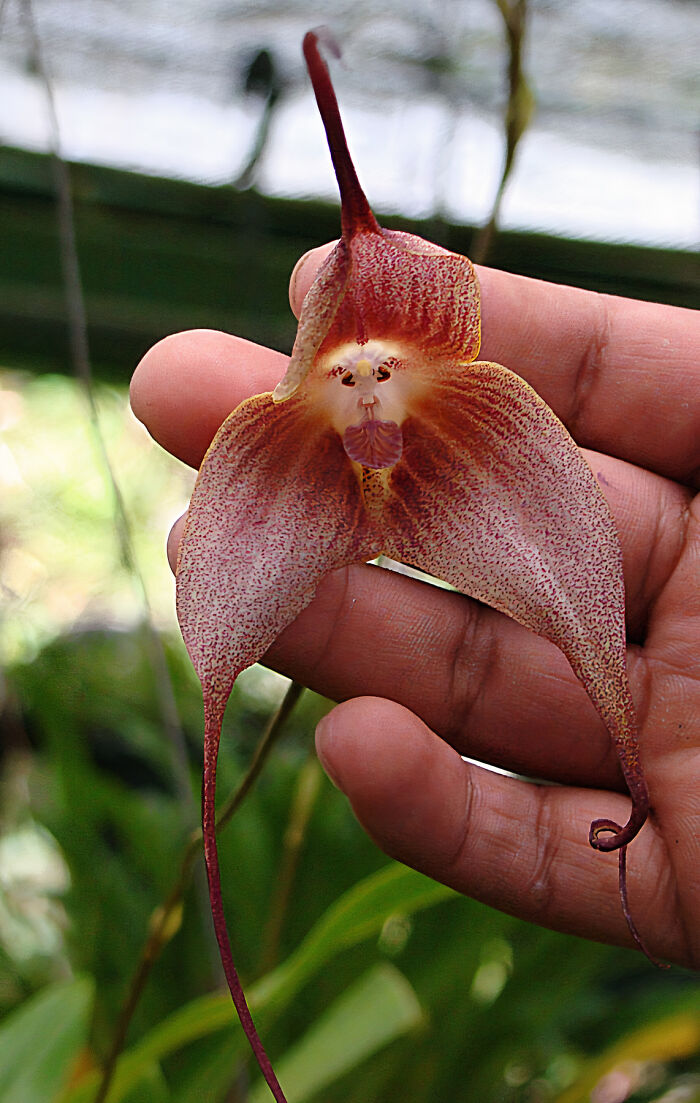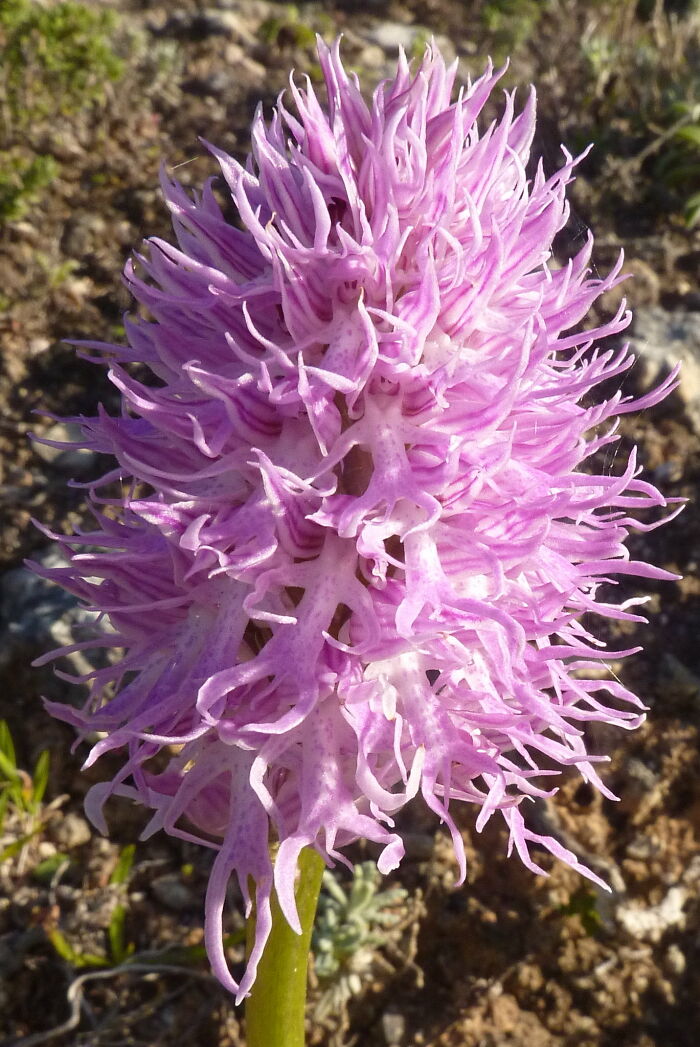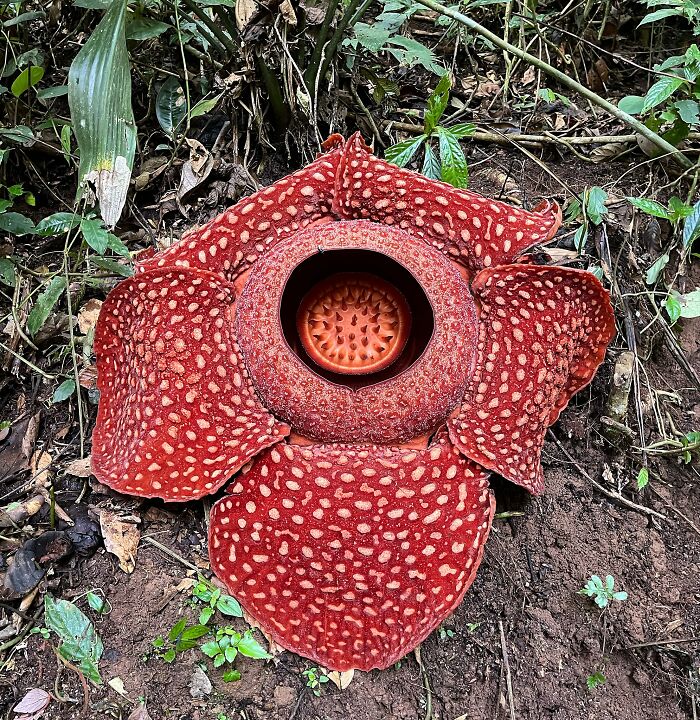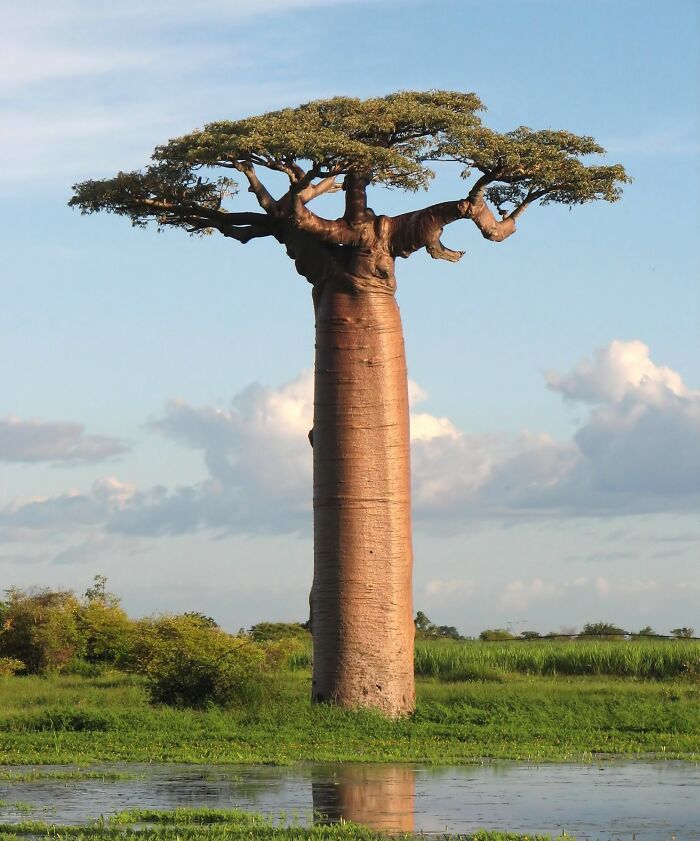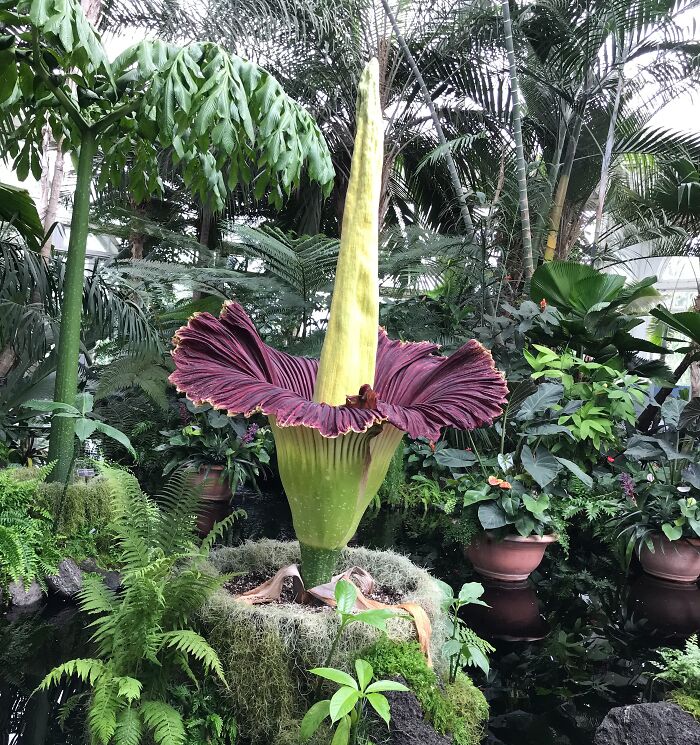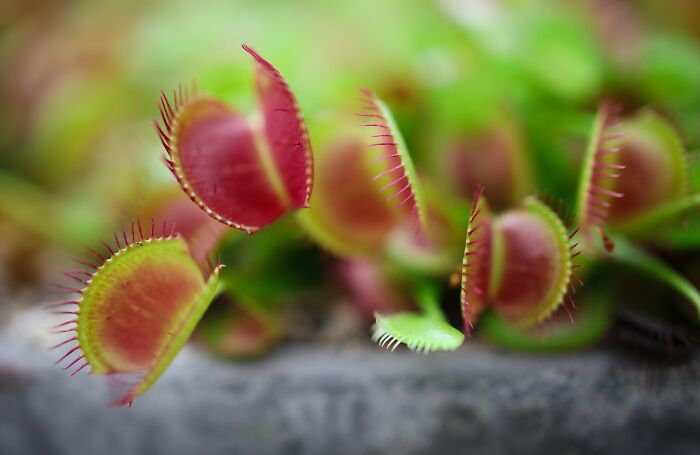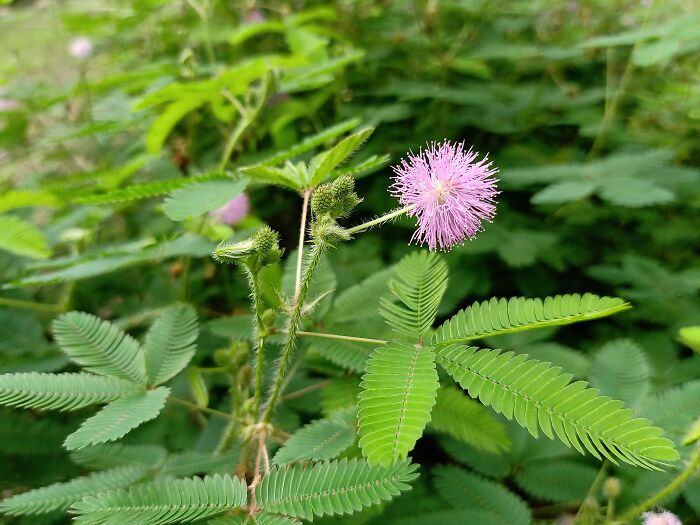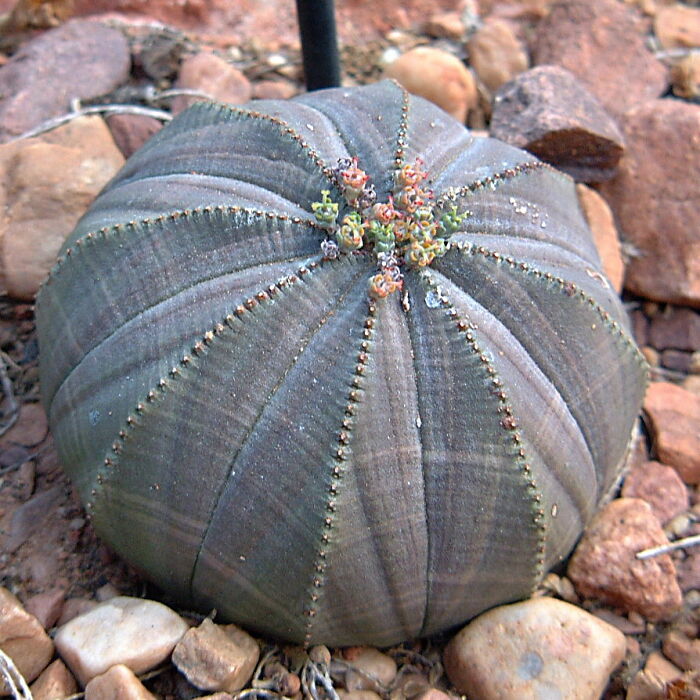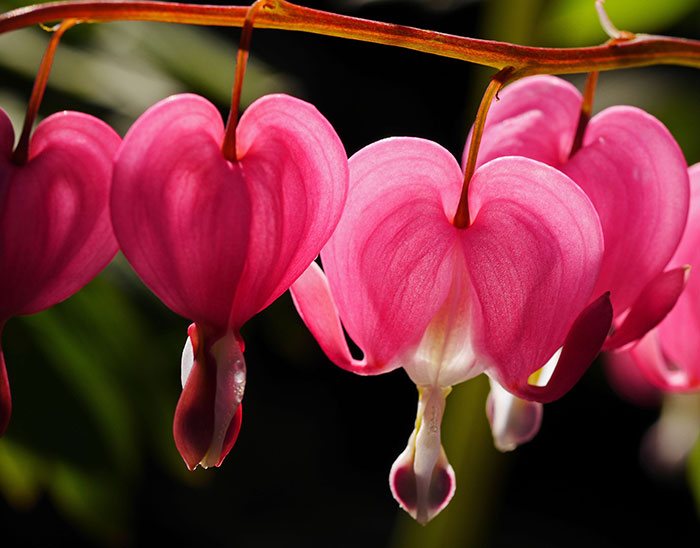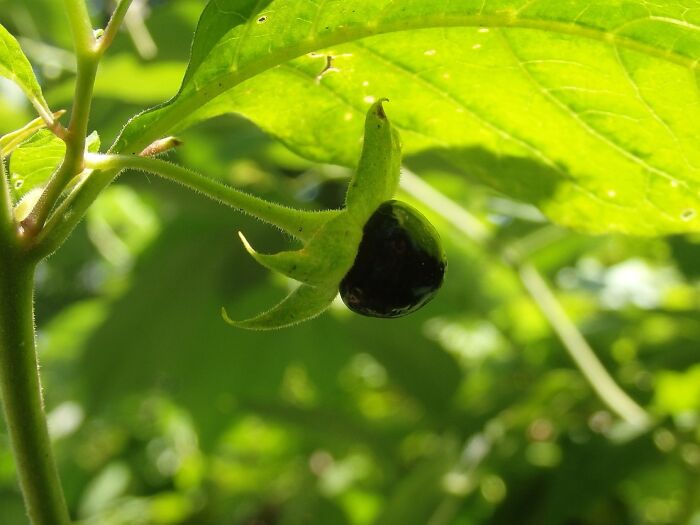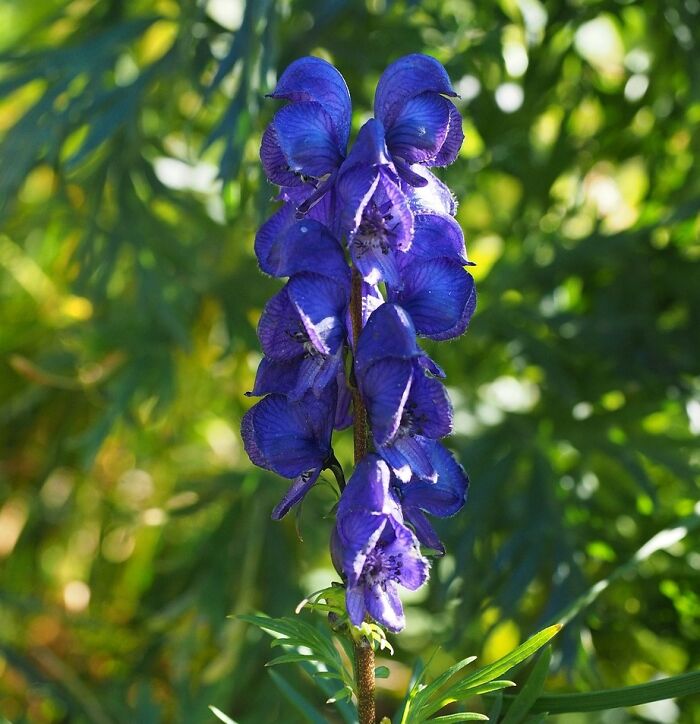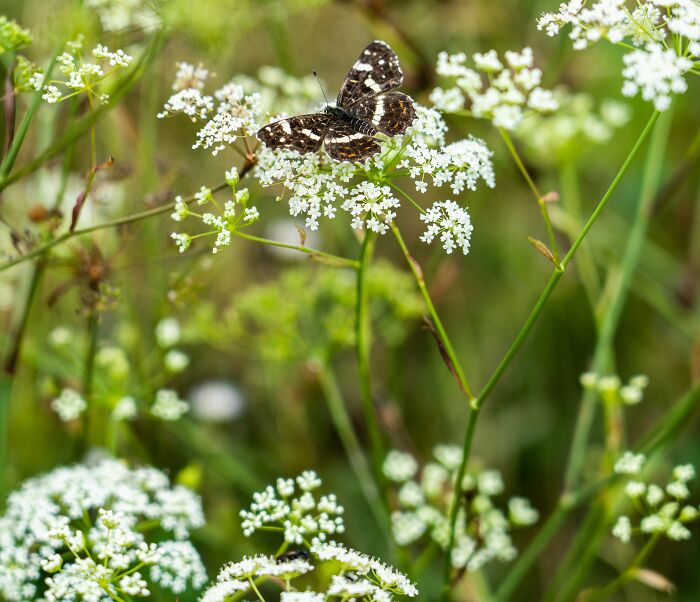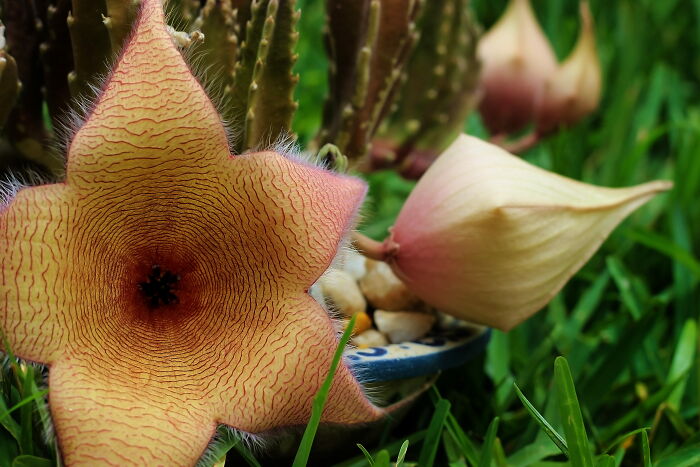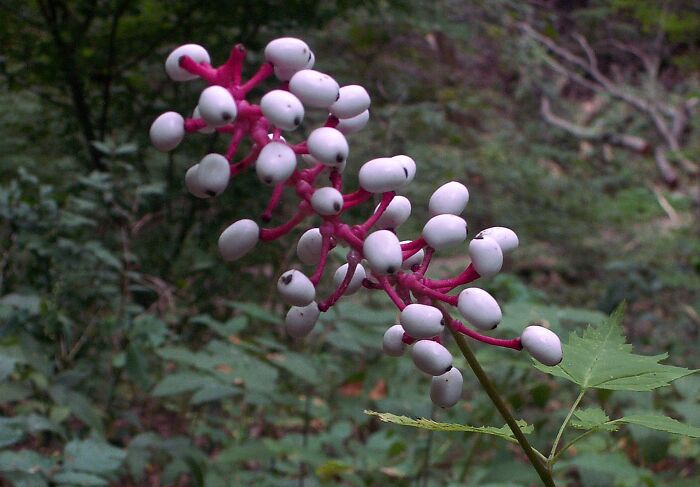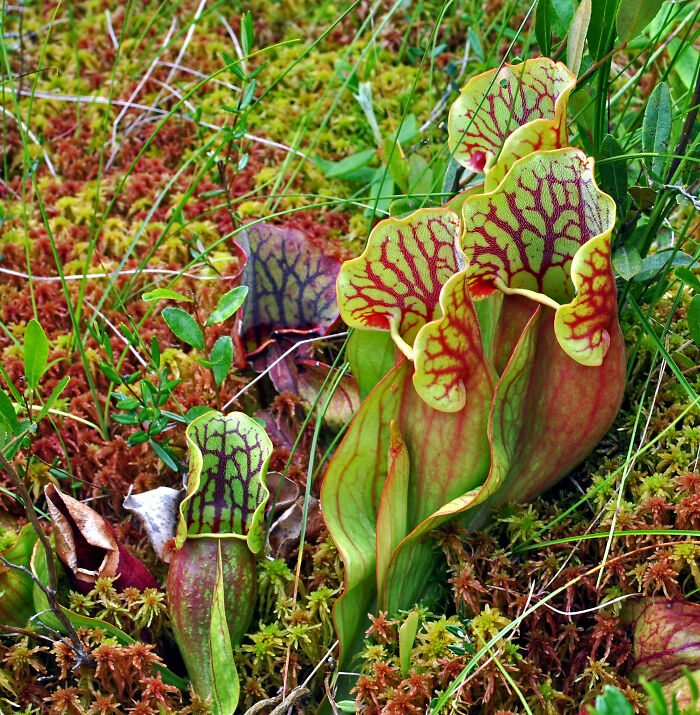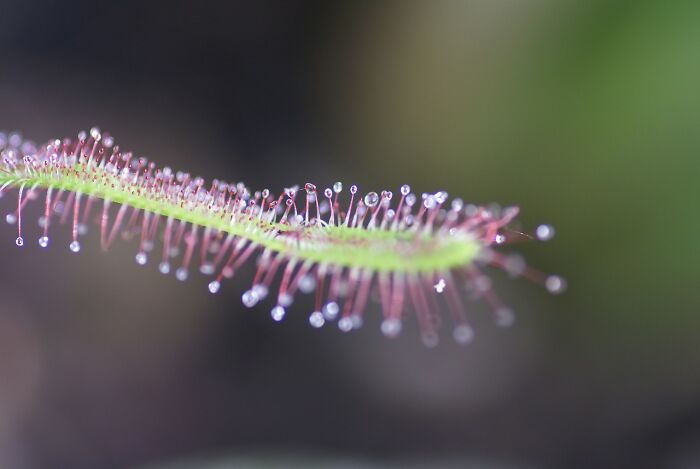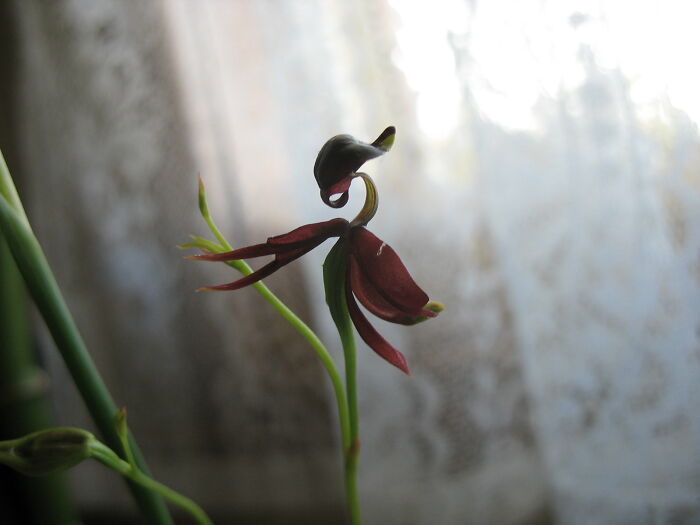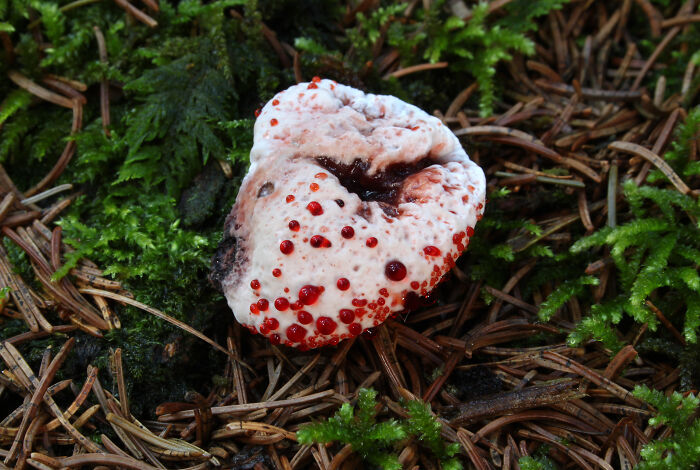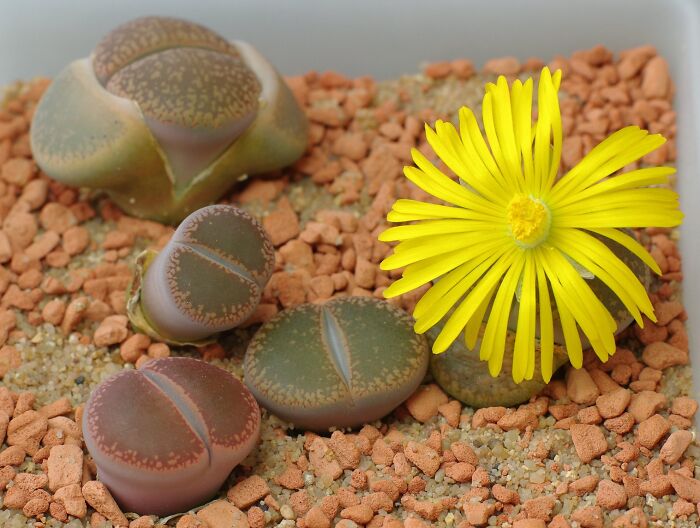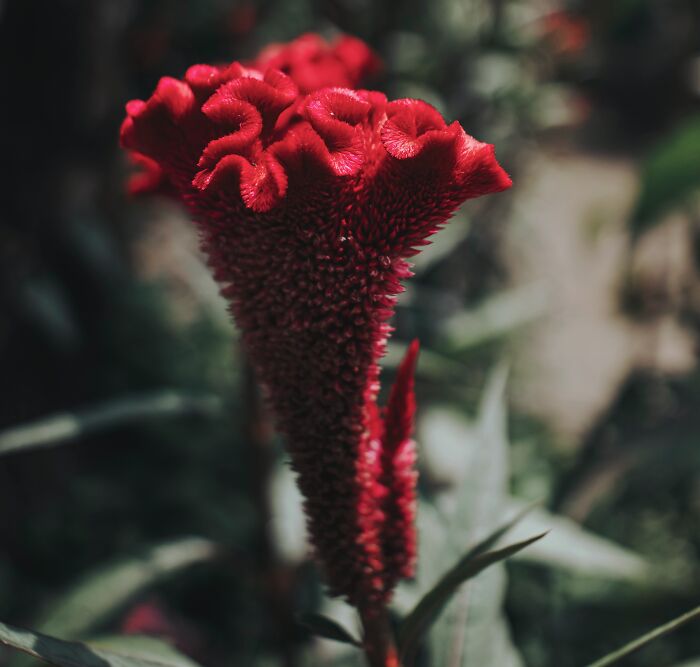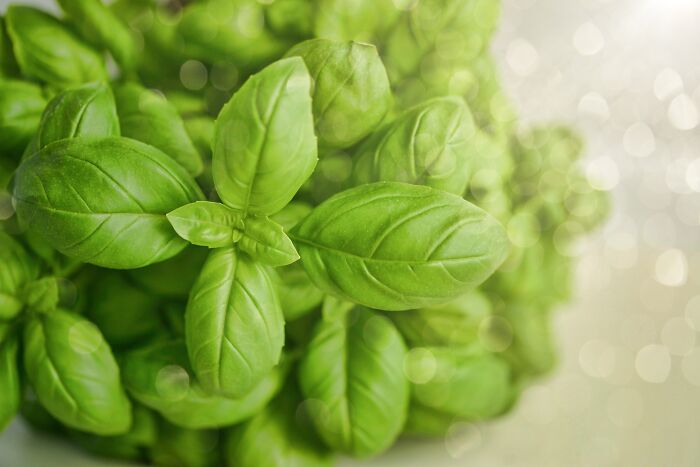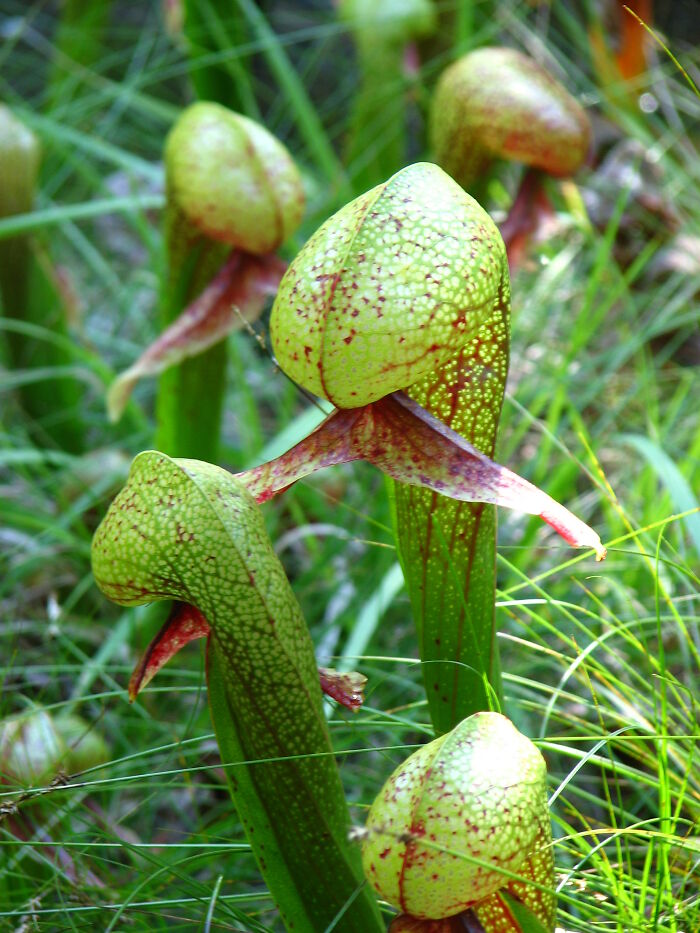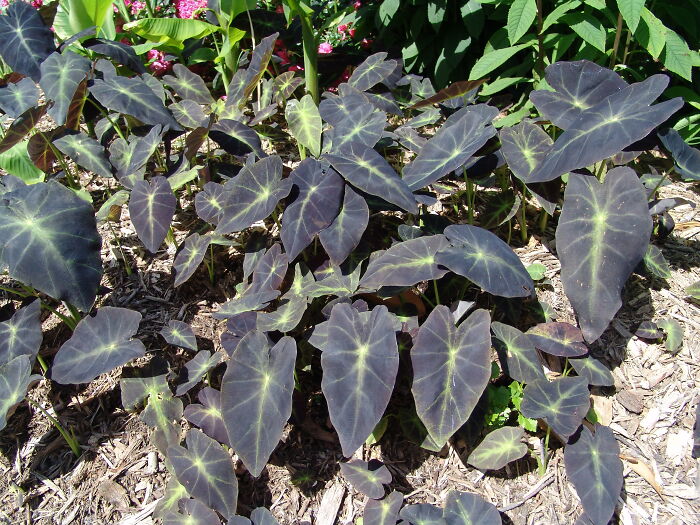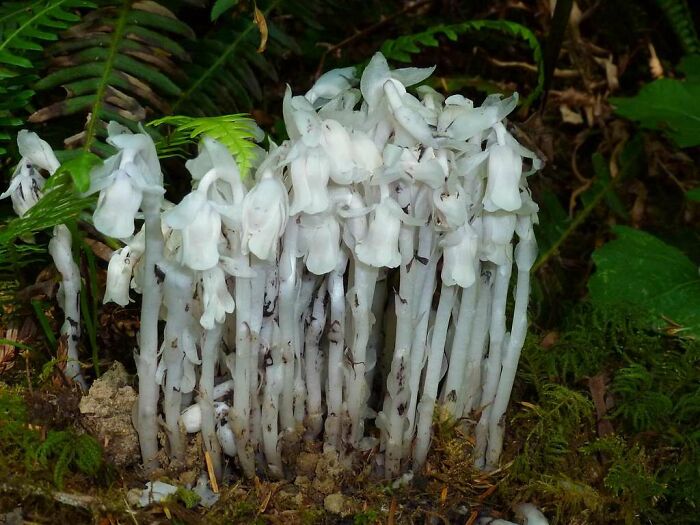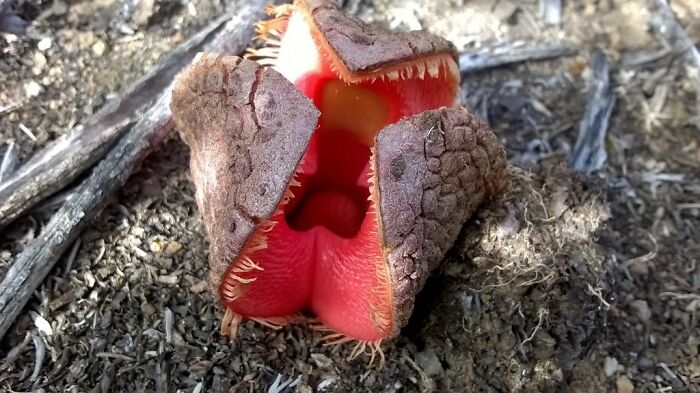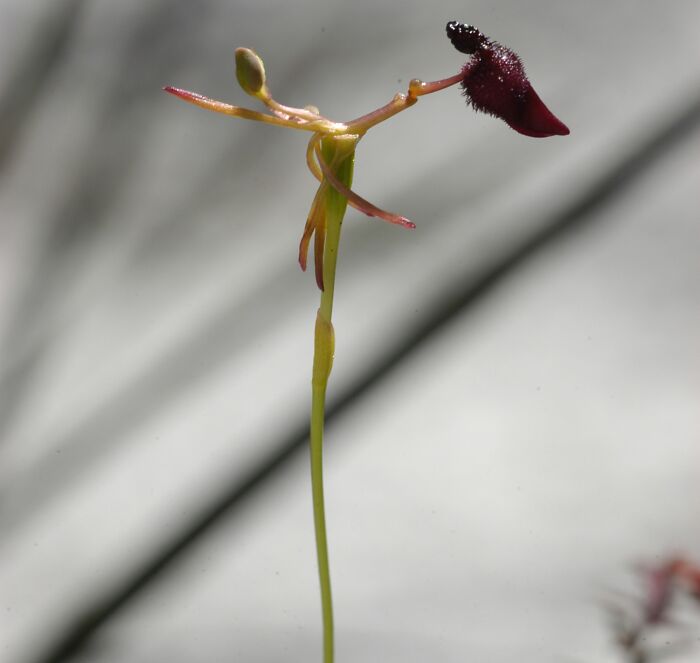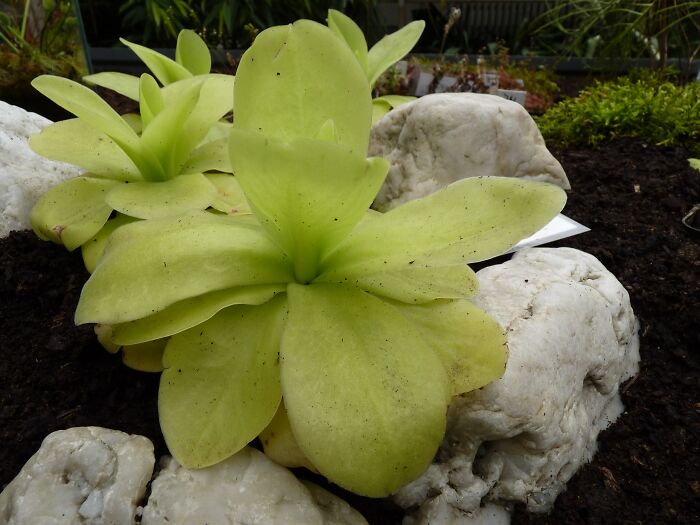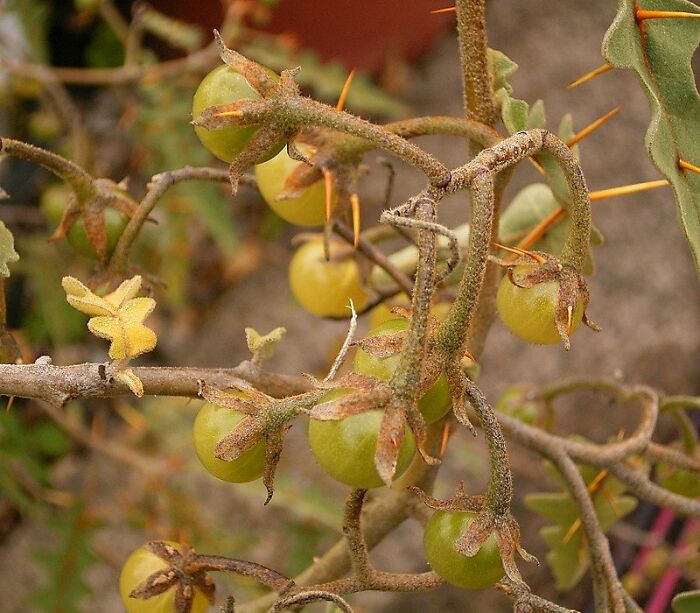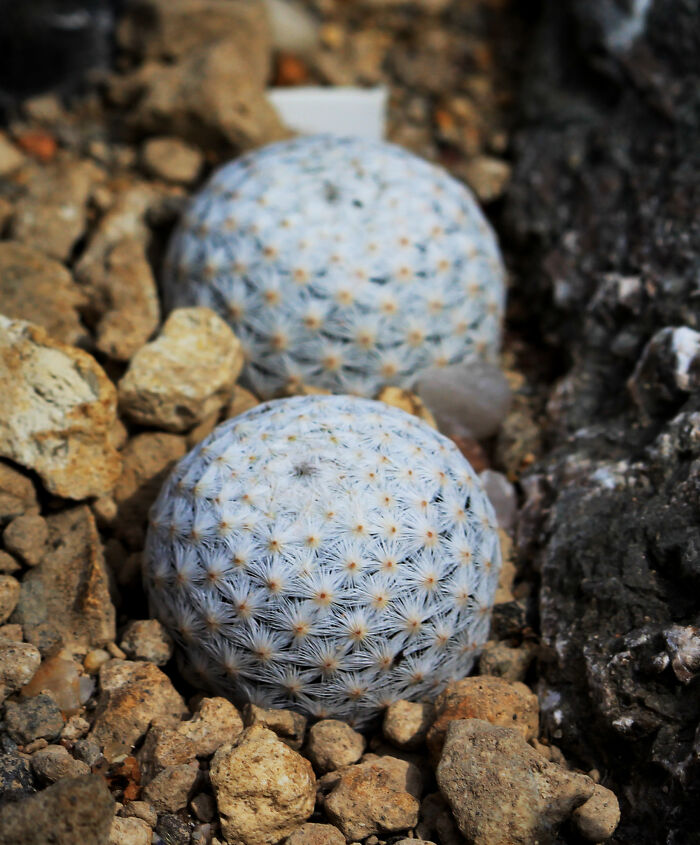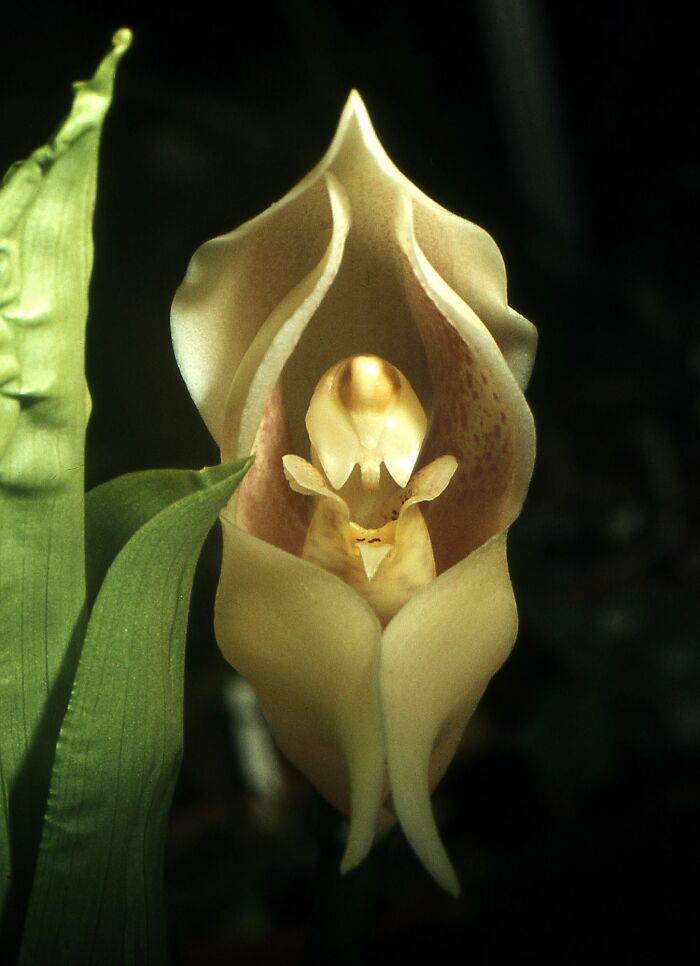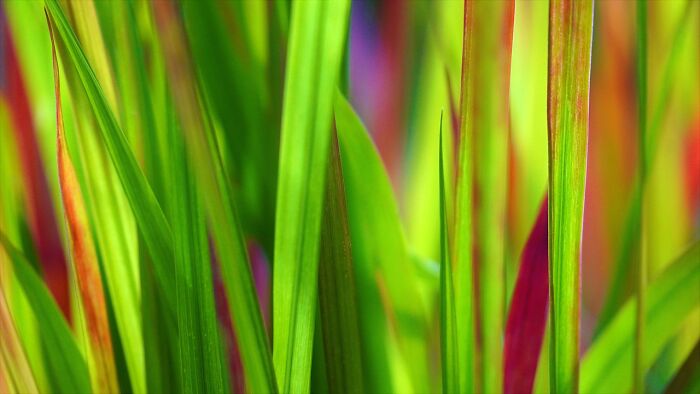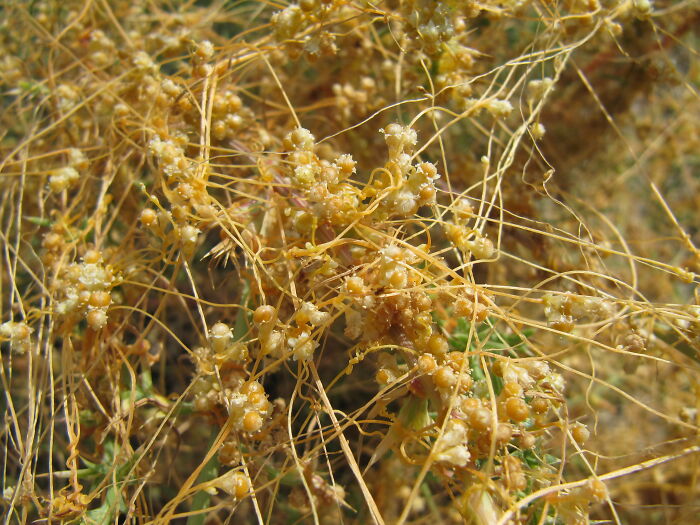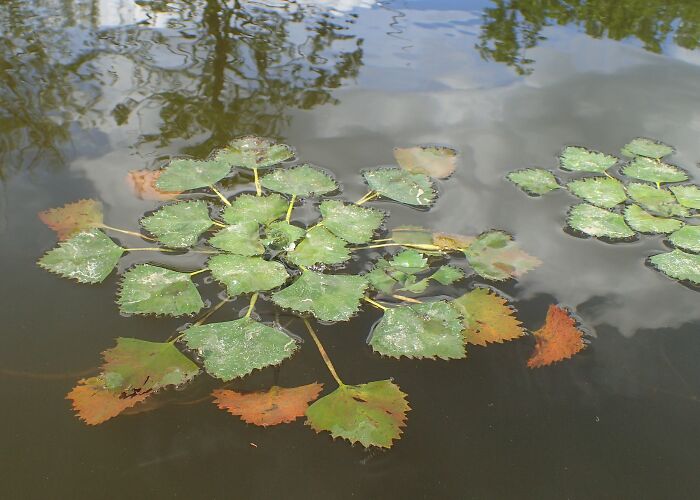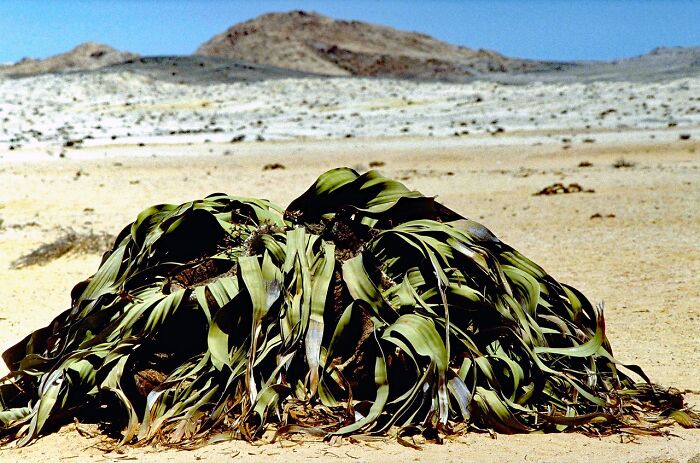Okay, so if we can agree that some animals are pretty damn weird, then we can also agree that some plants are even weirder than their weirdest living counterparts. Oh yeah, it’s going to get kooky in here pretty soon! And, the best part is, you don’t really have to be a botanist to appreciate the weird plants on our list, for their strangeness is pretty darn obvious.
So, why on earth do these strange plants exist? Well, for starters, to mock us mere humans. On a more serious note, though, evolution and adaptations to specific environments are to blame here. And look at it how you wish; these cool plants went one step ahead when it came to adapting to their living circumstances. All the better for us because this way, we can collect all these wonderful plants in one place and create this spooky list!
Of course, some of these plants are also quite innocent-looking, with bright flowers, silky leaves, or whatnot. That is until you try touching them or eating them - then you might find yourself wishing you hadn’t trusted a beautiful plant for its pretty colors!
And lastly, some of these spooky plants are neither toxic nor ominous-looking, and it’s us humans who gave them freaky meanings or scary prehistories. Just wait until you read about everyone’s beloved basil and see how a pizza sauce will never be the same after.
So, ready to dive into the world of strange-looking plants? If so, you know what to do here! One thing, though - the submissions are in no particular order as of right now, so don’t forget to rank these cool plants by their strangeness!
This post may include affiliate links.
Dragon’s Blood Tree (Dracaena Cinnabari)
The Dragon’s blood tree, found on the island of Socotra exclusively, is related to the palm tree. The length of its leaves can reach two feet! The name of the tree with the recognizable umbrella shape comes from its black resin. Since ancient times, this resin, often known as "dragon's blood," has been used to make medicines and colors. The International Union for Conservation of Nature has classified the tree as vulnerable because climate change is causing the island to dry out.
Black Bat Flower (Tacca Chantrieri)
Normally, flowers are brightly colored to entice pollinators, but this and the following entry veer toward the sinister. The huge, black blossoms of the black bat flower are 30 centimeters in diameter, and they produce 'whiskers' that can extend to 70 centimeters in length. It favors dark forests and valleys, and is mostly found in Southeast Asia.
Okay it looks pretty messed up, but is that the only problem? Is it horribly poisonous or smell like death like some of these?
Monkey Face Orchid (Dracula Simia)
The exotic flower's scientific name, Dracula simia, is apt because its center remarkably resembles our simian forebears. The plant's elongated petals enhance the effect. When the plant blooms, which can happen at any time of year, the perfume reminds one of oranges. In Ecuador and Peru, the monkey face orchid can be found at higher altitudes.
Naked Man Orchid (Orchis Italica)
This orchid, which resembles a naked human male, is common in the Mediterranean region, especially around the coast. A little over 1.5 feet is the maximum height the orchid can reach. Although white specimens have been discovered, light purple and pink are its most typical colors. The flower is threatened, like many other flowers on this list, probably as a result of their excessive use as medicine.
Rafflesia (Rafflesia Arnoldii)
Another "corpse flower," the Rafflesia, is a plant that grows in Indonesia and is known for its strong odor. Its scientific name is taken from the names of Sir Stamford Raffles and Dr. James Arnold, a physician, and naturalist who accompanied Raffles when he found the plant. The lack of stalks, leaves, or roots makes the plant unusual. The Rafflesia spends most of its existence as an unnoticed parasite on vines in tropical jungles.
The demigorgine (hope i spelt that right i dont watch stranger things)
Grandidier’s Baobab (Adansonia Grandidieri)
The Grandidier's baobab, one of eight types of baobab trees, is the most spectacular. The 82-foot-tall tree has a 10-foot-wide trunk and is located in dry areas of Madagascar, an island off the eastern coast of Africa. Due to its therapeutic qualities, the tree's bark is highly prized.
Corpse Flower (Amorphophallus Titanum)
This plant, which should not be confused with the carrion plant above, emits a foul smell as soon as it blooms. Smelling a corpse flower is an uncommon experience, though, because it can take them five to ten years to bloom for the first time and another two to ten years to blossom again. It may grow up to three meters tall and has the biggest unbranched inflorescence (a cluster of flowers on a main branch).
Venus Flytrap (Dionaea Muscipula)
The Venus flytrap, the most famous of the carnivorous plants, has had a profound impact on popular culture, inspiring works like Little Shop of Horrors, The Day of the Triffids, and even Pokémon. Although it is unlikely that their insect prey would concur, Charles Darwin once referred to the plant as "one of the most wonderful in the world." The plant utilizes sweet nectar to draw flies, and when one falls and sets off the tiny hairs in the trap, it closes in on the fly and releases an enzyme that breaks down its soft tissue.
Sensitive Plant (Mimosa Pudica)
This delicate plant, which may be found in South and Central America, is a little reserved and has pink blooms and fern-like leaves. The leaves tense up in defense if you touch them. This is because when the plant is touched, the stems release chemicals that cause the water in its cells to be forced out, causing the leaves to collapse. According to scientists, this is an evolutionary characteristic created to fend off predators.
Baseball Plant (Euphorbia Obesa)
It is commonly referred to as the South African-native euphorbia obesa. The plant is shaped exactly like a baseball. With an average height of 20 cm, it is an unbranched plant. Due to its extreme rarity worldwide, the unique species of baseball plant is protected by national nature conservation.
Bleeding Heart (Lamprocapnos Spectabilis)
The bleeding heart plant, which is native to Siberia, northern China, Korea, and Japan, gets its name from the shape of its blossoms and its characteristic white tips, which resemble drops. Botanist Robert Fortune brought the first specimens to the UK in the nineteenth century. The plant flowers in springtime.
My grandmother had one of these in her garden. Always reminds me of her
Belladonna (Atropa Belladonna)
When consumed, belladonna, also known as deadly nightshade, is a very toxic herb that results in delirium, hallucinations, and eventually death. Belladonna is Latin for "beautiful lady," and throughout the Middle Ages, women used the juice of the berries to enlarge their pupils in order to be more appealing (do not try this!). Throughout history and fiction, deadly nightshade has also been the go-to poison, and thanks to its reputation, people have even thought that witches can fly with it.
Wolf's Bane (Aconitum)
Wolf's bane, a fast-acting toxin that can cause nausea, vomiting, paralysis, breathing difficulties, and heart problems before killing you, is distinguishable by its lovely blossoms. Similar to belladonna, it was a well-liked poison in ancient Rome and was used to make poison arrows in China.
They are absolutely gorgeous. and unless you are planning on eating them, they are almost a must-have for your garden
Hemlock (Conium Maculatum)
Hemlock is an invasive plant that can reach heights of 2.4 meters and is exceedingly resilient and poisonous. Particularly dangerous are its seeds and roots. Hemlock is poisonous, but if that weren't enough to put you off, it also has an offensive odor that travels on the wind. Hemlock was used to poison criminals in ancient Greece, including the philosopher Socrates.
This is a common, very, very common weed in the US. Me st commonly called sticktites. Those things that stick to your clothes when you walk by them. Then you have to sit and pick them out because they will not wash out.
Carrion Plant (Stapelia Gigantea)
The carrion flower, sometimes known as a toad flower, is a flowering plant that is indigenous to the desert regions of Tanzania and South Africa. Its name derives from how truly disgusting it smells. To entice flies to pollinate it, it produces a stench reminiscent of decaying flesh. Scientists are attempting to use the plant to inhibit human appetites because it smells so awful.
Doll's Eye (Actaea Pachypoda)
The black stigmas in the white berries give the white baneberry its nickname of "doll's eye," as they resemble a collection of eyeballs on stalks. If the eerie sight of this baneberry wasn't enough to scare you away, it is also toxic to people due to its instant sedative effect on muscular tissue. Birds are the primary mechanism of the plant's spread and are attracted to innocuous berries.
Purple Pitcher Plant (Sarracenia Purpurea)
There are 18 kinds of carnivorous plants in the Great White North, including the purple pitcher plant, even though you might not assume there are many of them there. Small hairs that are angled downward inside the plant catch insects after they slide down its slimy insides. As soon as it enters the plant, the creature is submerged in water and eaten by the plant.
Cape Sundew (Drosera Capensis)
The color and shape of the cape sundew, a South African native, are reminiscent of ribbon candy. The plant's "arms," which are leaves covered in sap, trap insects. Cape sundew plants can live in a range of temperatures and are prolific breeders. It is listed as an invasive plant species in New Zealand.
Flying Duck Orchid (Caleana Major)
The orchid known as the "flying duck" gets its name from how much it resembles a bird. The reddish-brown color of the 20-inch-tall shrub enables it to blend into its natural Australian setting. Knowing that the unusual plant cannot thrive outside of Australia will deter gardeners from including it in their landscapes.
Devil’s Tooth (Hydnellum Peckii)
This plant is indigenous to both Europe and North America. Its appearance as a bleeding surface is what makes it strange. The vertical spines or tooth-like projections that hang from the underside of the fruit bodies of this plant's hynoid species generate spores on their surface. The common names are red-juice tooth, strawberry and cream, and bleeding tooth fungus.
Lithops (Genus Lithops)
As a plant that closely resembles pebbles or stones, lithop is sometimes referred to as "living stones." In actuality, the fusion of two distinct leaves at the plant's outer borders is what gives it its distinctive appearance. The lithop plant's leaves develop during the extremely rainy season. The majority of these highly bizarre plant species are found in South Africa.
Cockscomb (Celosia Argentea Var. Cristata)
The dense, brain-like blossoms on this bushy plant have earned it the names wool flowers or brain celosia. Cockscomb has a long history in traditional medicine and has been used to cure everything from headaches to menstrual cramps despite its unsettling appearance.
Again, nothing wrong with it. They are very noce in a whole lot of different colours and shapes.
Basil (Ocimum Basilicum)
Although it may now be more frequently linked with sauce than wizardry, this ubiquitous kitchen herb wasn't always used in that way. Basil is connected to hatred in Victorian floriography, the practice of assigning codes to flowers to transmit messages via bouquets and arrangements. This connection was made by the ancient Greeks, who thought the plant's leaves resembled the gaping jaws of a basilisk. Maybe next time you'll think twice before adding this foul herb to your friend's pizza.
Cobra Lily (Darlingtonia Californica)
The cobra lily, also known as the Californian pitcher plant, is a carnivorous plant that thrives in bogs and is arguably the cutest of the frightening items on this list. It gets its name from the way its forked leaf and tubular tip mimic the tongue and hood of a cobra, respectively. Insects are drawn in by the plant, afterwards they are trapped because they are unable to escape due to light streaming through the translucent hood. The bug only travels in one direction thanks to its downward-facing hairs.
Black Magic (Colocasia Esculenta 'Black Magic')
The taro plant's strangely colored leaves are bred expressly for their look. This evergreen shrub can reach a height of 1.8 meters and is also known as black elephant ears, which are less terrifying. Black magic is a relatively simple plant to grow, making it a great Halloween addition to your yard.
Ghost Plant (Monotropa Uniflora)
The nickname "ghost plant" comes from its peculiar coloration. Due to its symbiotic association with fungi, where it obtains its sustenance through parasitism, it fully lacks chlorophyll and does not require photosynthesize. This enables it to thrive in the deepest woodlands and give forth an ethereal glow.
Hydnora (Hydnora Africana)
The hydnora resembles a refugee from a science fiction film, yet it is actually from Earth, more specifically, southern Africa. Except for the blossom, it is a parasite that attaches to the roots of other plants and develops fully underground. The hydnora attracts beetles with a fragrance resembling dung, which it captures but does not kill. Until the flower is fully grown, it holds the beetles before releasing them.
Okay everything about this one does sound evil. This plant is just wrong.
Hammer Orchid (Drakaea Glyptodon)
Western Australia's swampy regions and moist, sandy soil are where you can find the hammer orchid, also known as the King-in-his-Carriage. The plant releases compounds called pheromones, which attract male wasps who might mistake the orchid for a female wasp and change their behavior. The plant, which the male tries to grab, becomes pollen-covered.
Flypaper Plant (Pinguicula Gigantea)
Butterworts, often known as flypaper plants, have an ethereal green radiance that conceals their aggressiveness. The tropical plant begins consuming everything that lands on its leaves after grabbing it. Gnats and mosquitoes are among the creatures caught on its sticky surface.
Porcupine Tomato (Solanum Pyracanthum)
The porcupine tomato is a weed that grows in Madagascar and on islands in the western Indian Ocean. It is coated in huge, spiky, toxic thorns that are orange in color. This weed can form up to five-foot-tall bushes. Because of its poisons, the entire plant could be harmful to humans.
Golf Ball (Mammillaria Herrerae)
The golf ball plant is a white-colored cactus that resembles a golf ball, although one that landed far from its intended goal, and is found in the mountains of central Mexico. The plant's spiky features help to protect it from the sun. The pink-flowered plant is a favorite among botanists looking for unusual plant specimens.
Swaddled Babies (Anguloa Uniflora)
This orchid was discovered in the late 18th century in the Andes Mountains. When the flower blooms, the interior of the plant looks like tiny children wrapped in blankets. The flower with creamy white petals, sometimes known as a tulip orchid, reaches a height of around 2 feet and smells like cinnamon.
Japanese Blood Grass (Imperata Cylindrica)
Japanese blood grass, also known as cogon grass, gets its name from its blood-red spikes. Japanese crimson grass is a perennial that attracts gardeners because of its vivid color. However, any form of cogon grass without red tips is extremely invasive, so take caution. Additionally, it is highly flammable, burning at temperatures higher than those of natural grasses, which can cause wildfires.
Witches' Hair (Cuscata)
Witches' hair (Cuscata), also known as strangle weed and dodder, which is definitely a less ominous name, is a genus of more than 200 parasitic plants. Although it is native to tropical regions, it can also be found in temperate regions, including the UK. A mass of spaghetti-like green, brown, or orange growth that hangs from other trees is frequently used to identify cuscata.
Water Caltrop (Trapa Natans)
The edible fruit of the water caltrop, often called water chestnuts, is produced by an aquatic plant. It also goes by a number of other names, including mustache nut, buffalo nut, and bat nut. For thousands of years, China has employed water caltrops for a number of uses. The water caltrop is regarded as a species that is on the verge of extinction in various regions of the world, including Germany.
Tree Tumbo (Welwitschia Mirabilis)
Only in Namibia's desert can one find the rare plant Welwitschia Mirabilis. This peculiar-looking plant has an estimated lifespan of 500–1500 years. It can withstand a variety of severe weather conditions. Welwitschia's single plant with two continuously expanding leaves is its most intriguing feature. Additionally, this peculiar species has different plants for females and males.
This feels like a weirdly judgemental article. Like yeah, you probably don't want poisonous plants in your home, but bleeding hearts and basil are nice, fairly easy to grow plants. Also, carnivorous plants are incredibly cool.
This feels like a weirdly judgemental article. Like yeah, you probably don't want poisonous plants in your home, but bleeding hearts and basil are nice, fairly easy to grow plants. Also, carnivorous plants are incredibly cool.
